When navigating the world of freight transportation, the type of semi-trailer employed can significantly influence operational efficiency, cost-effectiveness, and adaptability to varied cargo needs. Understanding the array of trailer types available to semi trucks lays the groundwork for informed decision-making, enhancing logistics outcomes. This article will delve into the various trailer types, their specific applications, and the adaptive features that make them indispensable in modern hauling.
Table of Contents
- Flatbed Trailers
- Dry Van Trailers
- Reefer Trailers
- Tanker Trailers
- Lowboy Trailers
- Step Deck Trailers
- Specialized Trailers
- Selecting the Right Trailer
Flatbed Trailers
Flatbed trailers are characterized by their open design and absence of sidewalls. This simplicity provides unparalleled flexibility, allowing for the easy loading and unloading of oversized cargos, such as construction machinery and building materials. They can adapt to various cargo shapes and sizes, making them a prevalent choice in industries that require versatility.
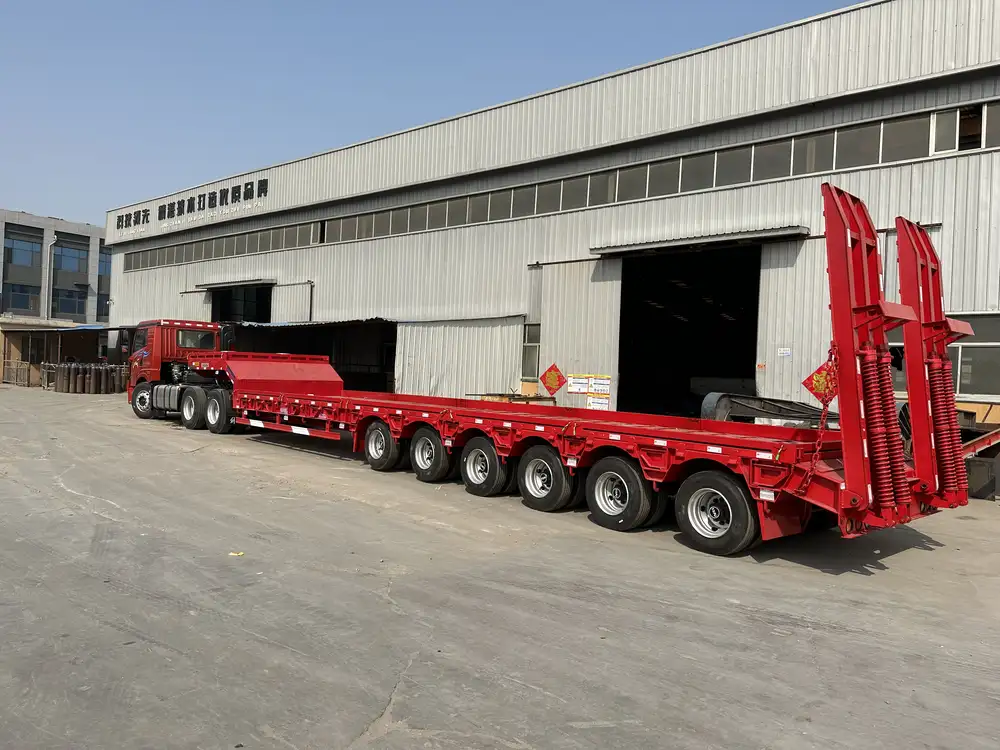
Key Features:
- Easy access from all sides: Facilitates quick loading and unloading.
- Versatile: Capable of transporting diverse cargo types.
- Straps and tarps for security: While open, cargo can be secured using durable straps and tarps to protect it from weather elements.
Use Cases:
- Construction projects requiring heavy machinery transport.
- Transporting lumber, steel, and large equipment.
Advantages:
- Quick loading without the need for dock access.
- Very economical for large, simple freight.

Dry Van Trailers
Dry van trailers, a staple of the trucking industry, are enclosed trailers designed to protect cargo from external elements. With solid sidewalls and a roof, they are ideal for transporting goods that require protection from weather and theft.
Key Features:
- Enclosed cargo area: Offers maximum protection for sensitive materials.
- Flooring options: Reinforced floors can be specified for heavier loads.
- Variety of sizes: Available in multiple lengths to accommodate different load requirements.
Use Cases:
- Shipping consumer goods, electronics, and retail products.
- Secure transport of packaged food items.
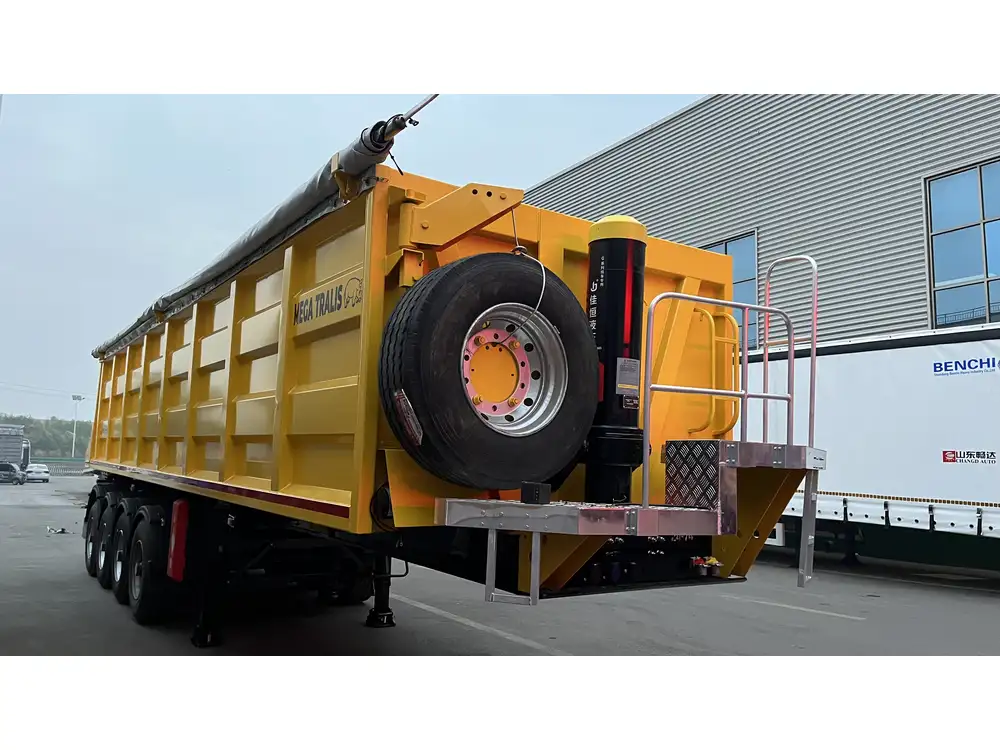
Advantages:
- Reduces risk of damage and theft.
- Maintains cargo integrity in adverse weather conditions.
Reefer Trailers
Reefer trailers, or refrigerated trailers, are specialized vehicles designed to transport temperature-sensitive goods. This technology is crucial for shipping perishable items, including food and pharmaceuticals.
Key Features:
- Temperature control systems: Allows for precise climate controls to maintain required temperatures.
- Insulated walls: Prevents temperature fluctuations during transport.

Use Cases:
- Transporting fresh produce, dairy products, and frozen foods.
- Shipping pharmaceuticals that require temperature regulation.
Advantages:
- Extends shelf life of perishable goods.
- Complies with health regulations and standards.
Tanker Trailers
Tanker trailers are designed for transporting liquids and gases. With varying sizes and customization options, they can transport a wide range of materials, from potable water to hazardous chemicals.
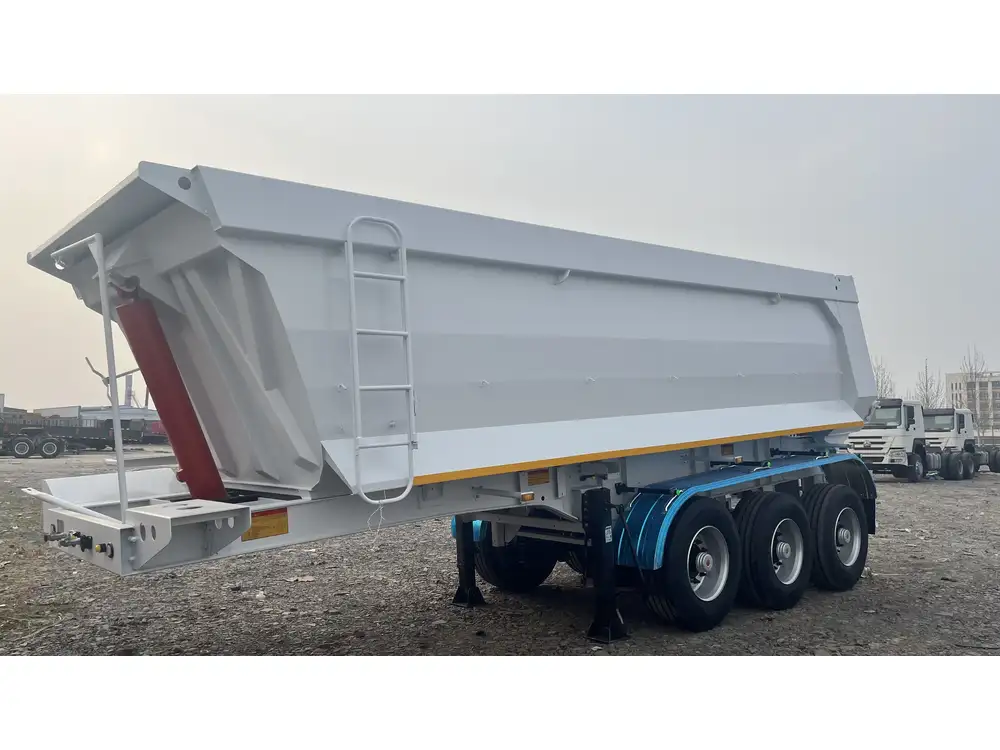
Key Features:
- Cylindrical shape: Optimizes the movement of liquid cargo.
- Special lining options: Necessary for transporting chemicals to prevent reactions.
Use Cases:
- Fuel transportation for gas stations and companies.
- Chemical transport for manufacturers.
Advantages:
- Designed to manage different liquids safely.
- Efficiency in bulk liquid transport reduces the number of trips required.

Lowboy Trailers
Lowboy trailers feature a lower deck height, allowing for the transport of extremely tall loads that cannot be transported on standard flatbeds or vans. This makes them an excellent option for machinery that exceeds typical height restrictions.
Key Features:
- Lower deck height: Ensures stability and safety for tall structures.
- Removable gooseneck: Facilitates easier loading of heavy machinery.
Use Cases:
- Moving construction equipment such as excavators and cranes.
- Transporting oversized industrial machinery.

Advantages:
- Adheres to height regulations without compromising load safety.
- Versatile for transporting a variety of heavy equipment.
Step Deck Trailers
Step deck trailers, also known as drop deck trailers, have a beaver tail design that allows for a lower deck height without the complete flat design of a lowboy. This unique structure provides sufficient clearance for large loads and easily accommodates heavy machinery.
Key Features:
- Multi-level design: Offers versatility in load height management.
- Reduced height: Ideal for loads over 8.5 feet tall.

Use Cases:
- Transporting construction materials.
- Heavy equipment shipments that exceed height limitations.
Advantages:
- Versatile and minimizes load height challenges.
- Increases safety with a strong, stable design.
Specialized Trailers
In addition to standard trailers, there’s a category of specialized trailers designed to satisfy niche market requirements. These may include car haulers, livestock trailers, or double-deck trailers.
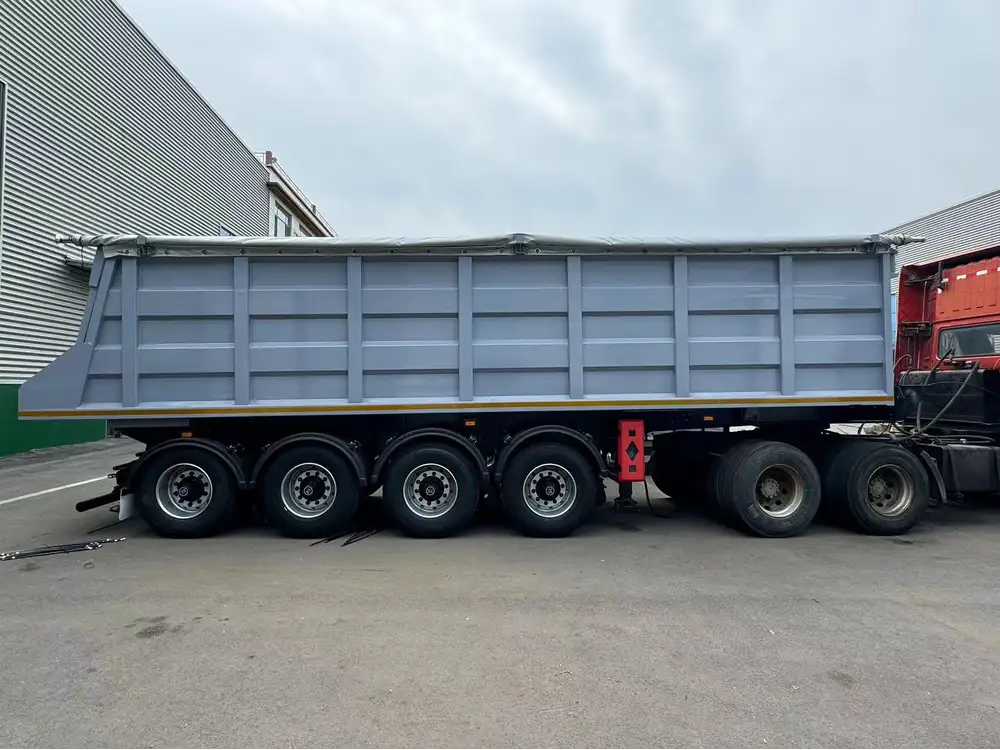
Key Features:
- Custom builds available: Tailored to specific industry needs.
- Enhanced safety mechanisms: Adaptations for increased protection during transport.
Use Cases:
- Car carriers for dealership transportation.
- Livestock transport trailers for livestock movement.
Advantages:
- Meets specialized industry demands that standard trailers cannot.
- Often include additional features tailored to specific loads.
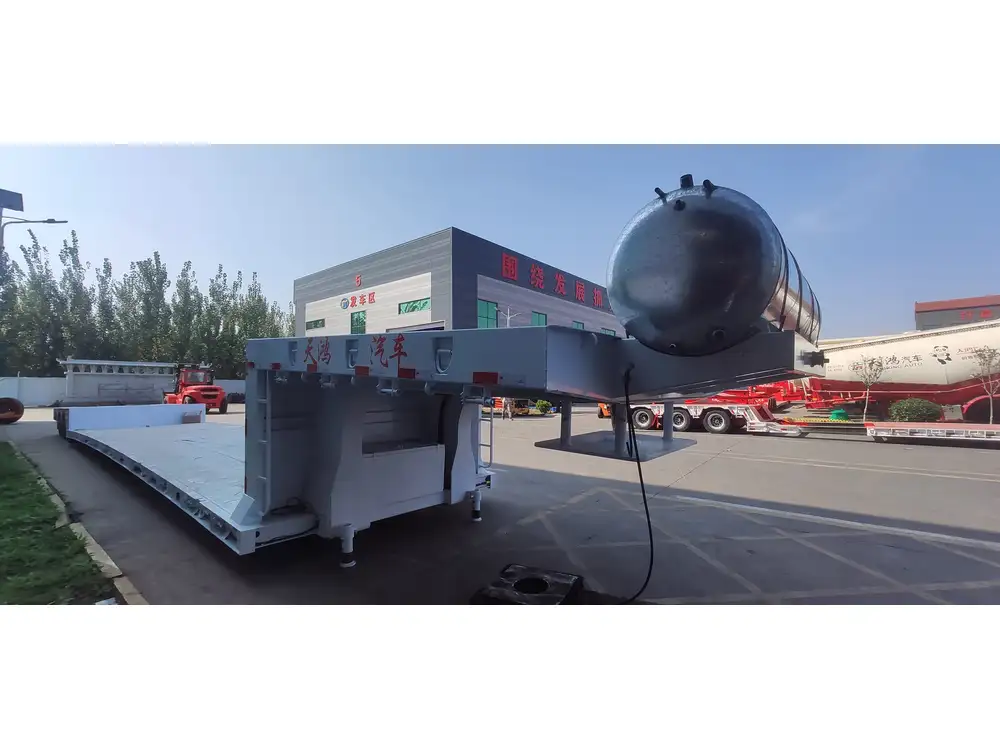
Selecting the Right Trailer
Choosing the correct trailer requires consideration of several key factors related to operational needs and regulatory requirements.
Load Type
Understanding the nature of the cargo is paramount:
- Dry goods? Consider a dry van or flatbed.
- Perishable items? A reefer is essential for maintaining temperature control.
- Liquid transport? Select a tanker trailer with appropriate certifications.
Weight and Dimensions
Evaluate the specifications to ensure compliance:
- Weight limits: All trailers have built-in weight limitations that must not be exceeded.
- Dimensional constraints: Always be mindful of the height and length regulations for your region.

Operational Needs
Operational efficiency also drives trailer selection:
- Loading Dock Access: Flatbeds are ideal for locations without a loading dock.
- Transport Distance: Consider the expected duration of transit, particularly for perishable goods.
Cost Consideration
Finally, budget is a vital consideration:
- Initial Investment vs. Long-term Use: Analyze the lifetime value versus upfront costs of purchasing or leasing trailers.
- Operational costs: Evaluate fuel efficiency and maintenance expenses of each type.
Conclusion
In the complex realm of logistics and transport, the variety of trailer types available for semi trucks provide essential solutions to meet distinctive demands. From flatbeds to reefers, each trailer type has specific features that cater to certain cargo specifications, enabling businesses to operate more effectively and efficiently.
Understanding these differences not only aids in selecting the most appropriate trailer but also fosters operational excellence by addressing unique transportation challenges faced across industries. Whether ensuring temperature control for perishables or facilitating easy loading for oversized equipment, the right choice can significantly expedite logistics processes.
By following the guidance in this article, businesses can confidently select the trailer that meets their operational needs, allowing them to maximize efficiency and ultimately enhance their market position.



